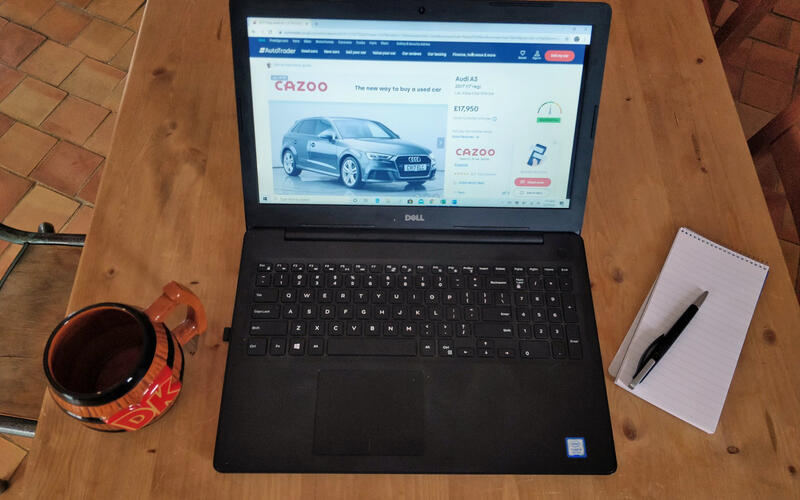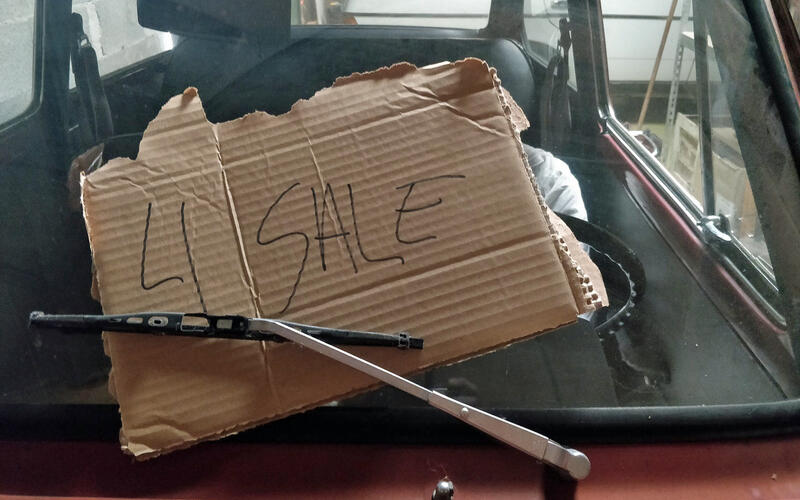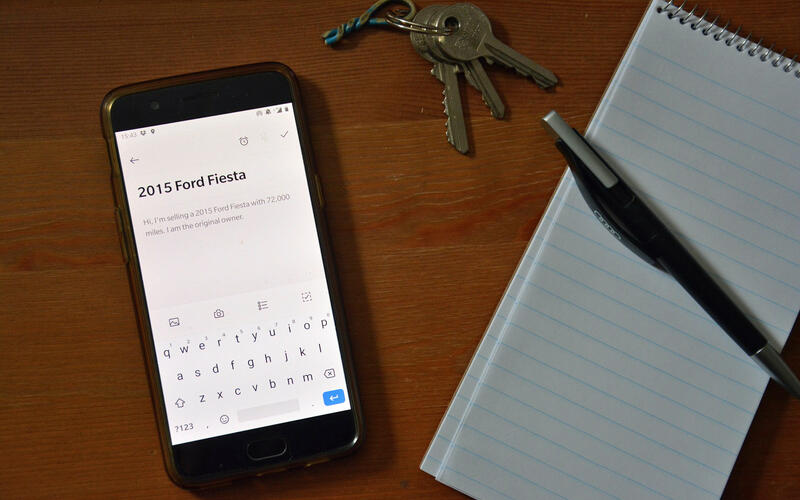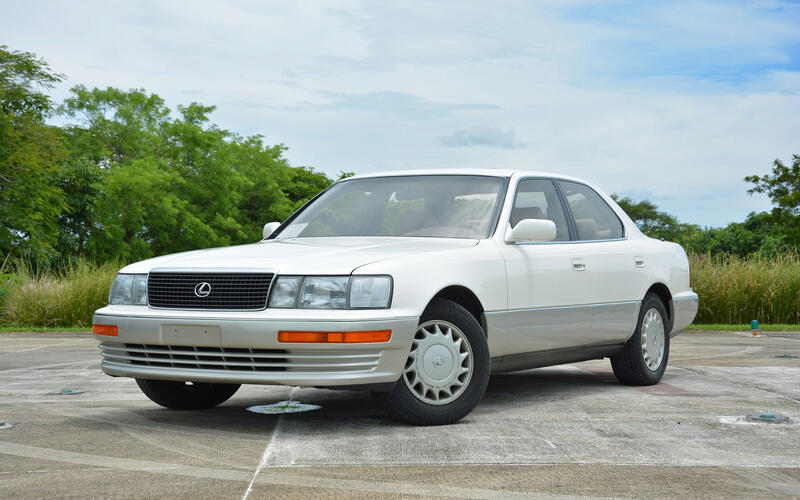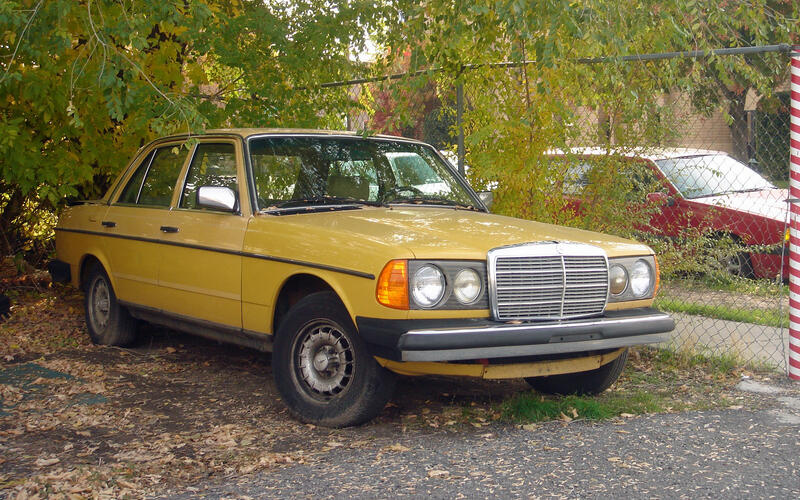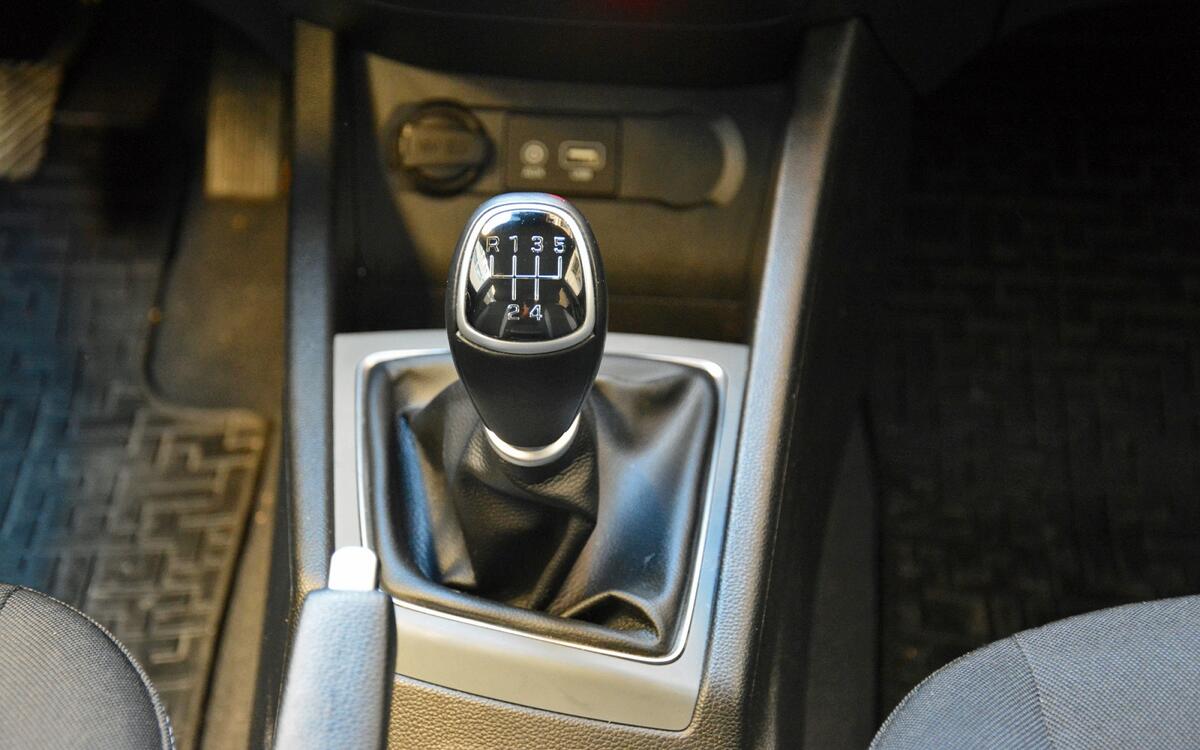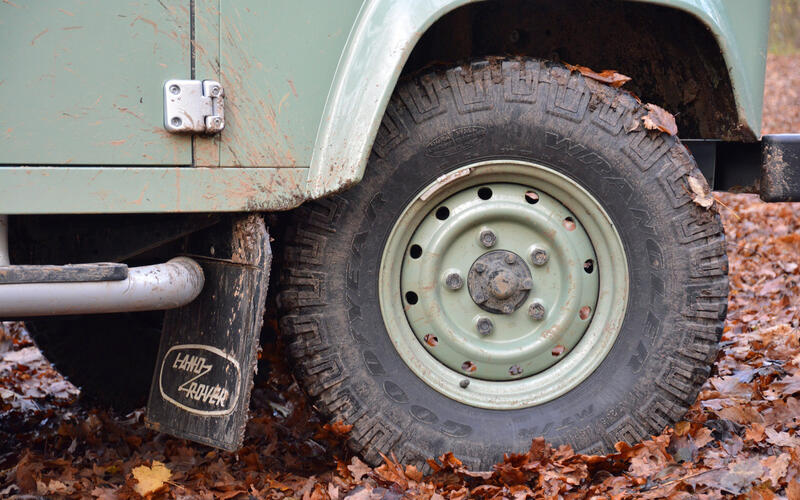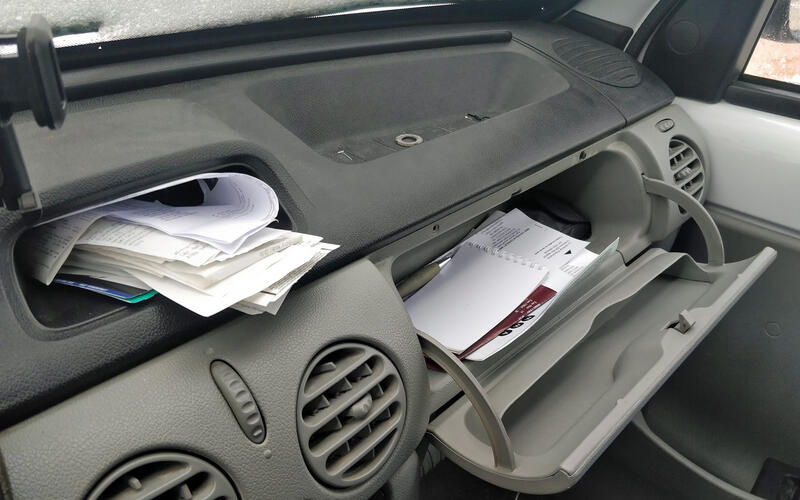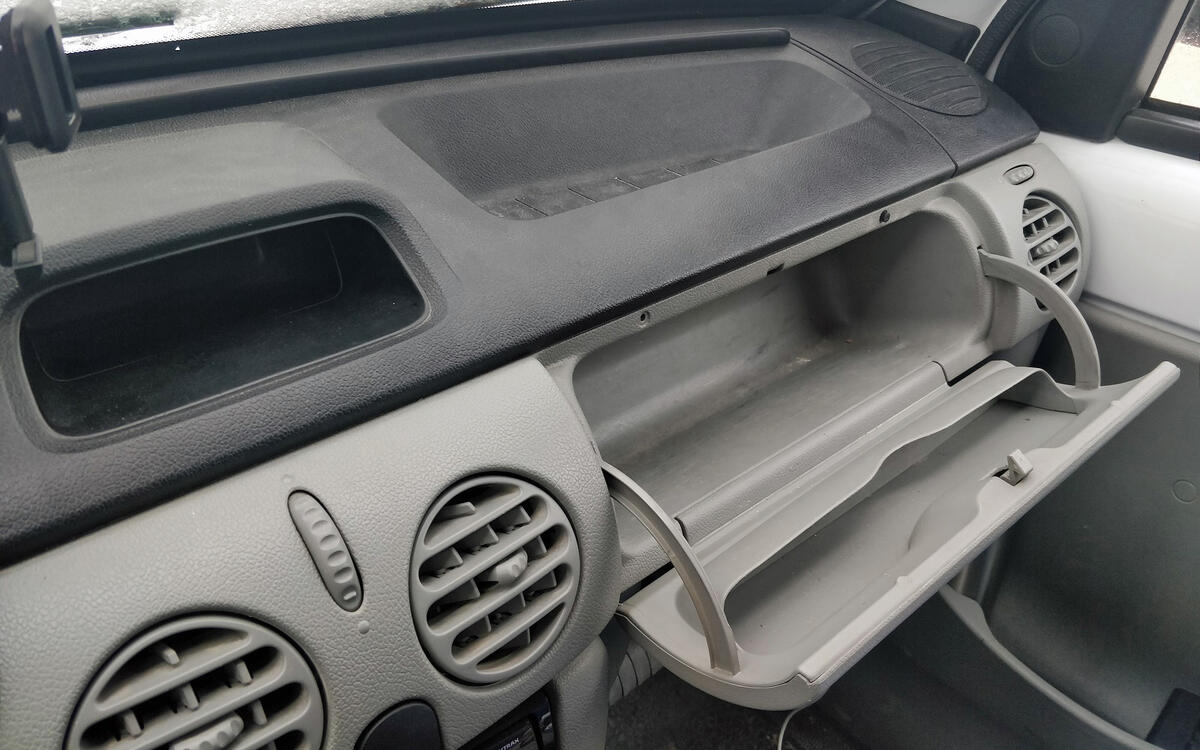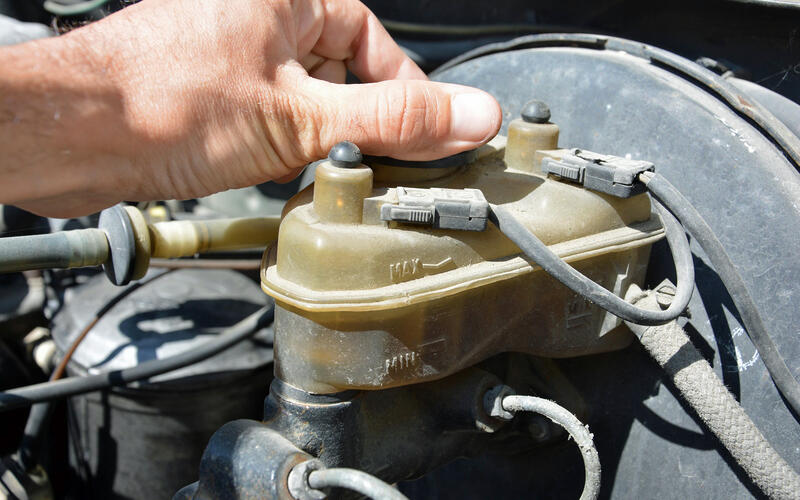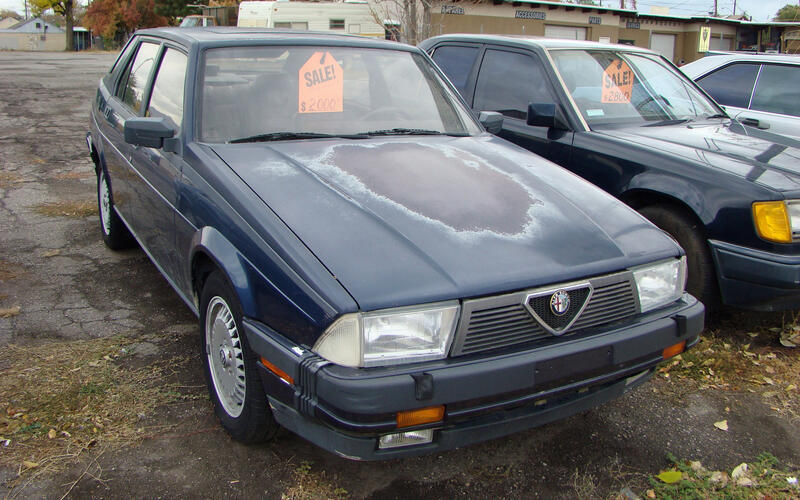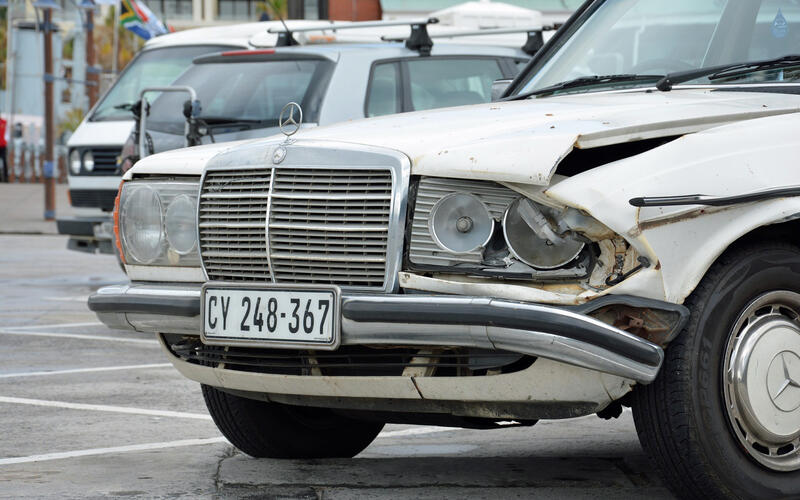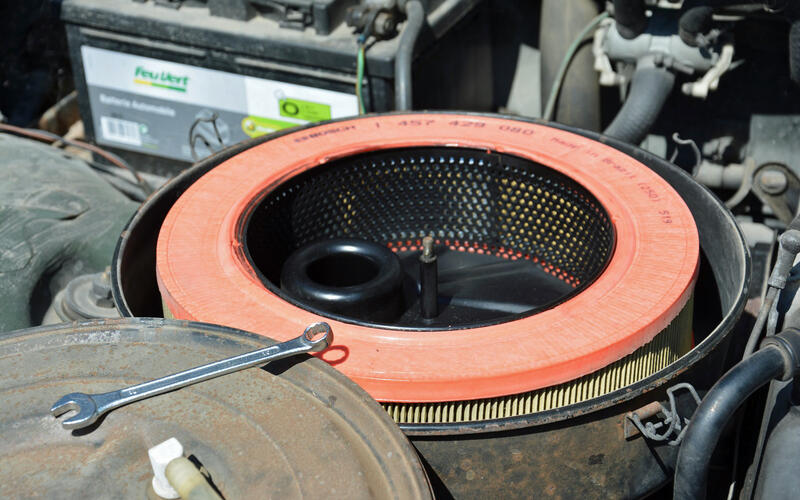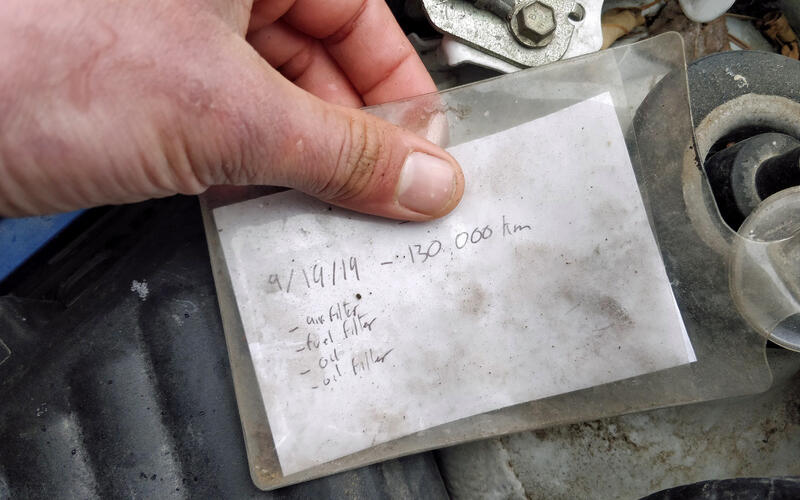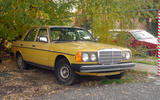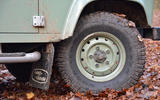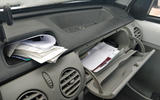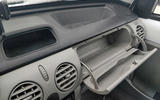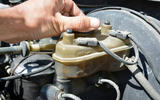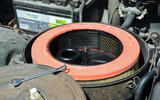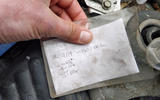 Slide of
Slide of
Selling a car is a hassle few of us like dealing with.
It can be confusing and time-consuming while forcing us to step out of our comfort zone by talking to strangers about something we might not know a lot about. Fortunately, there are basic ways to streamline the process and ensure both sides are satisfied with the deal.
Your author has bought and sold over 50 cars in the past 16 years and spent time working for car dealerships. Drawing on that experience, we’ve compiled a list of the things you should and shouldn’t do, whether you’re off-loading a late-model hatchback or a rare classic.
 Slide of
Slide of
The wrong way: assuming or guessing its value
Listing your car for the amount you assume or guess it’s worth is the best way to either lose money while giving someone else a great deal or ensuring no one buys it. Unless you’re an experienced dealer, there’s a good chance your estimate is going to be wide of the mark in one direction or another. Asking for offers isn’t recommended, either, because it could turn into a massive waste of time.
 Slide of
Slide of
The right way: researching what it’s worth
The quickest and easiest way to know what your car is worth is to look at how much comparable models are listed for in the classifieds. Remember that your vehicle’s value depends heavily on its age, its mileage, its condition, its mechanical specifications, its equipment level and even your location. You can’t expect a base-model Ford Fiesta to sell for as much as a hot-rodded ST model in comparable condition. How much you’ll sell it for also depends on whether it goes to a private party or a dealer.
 Slide of
Slide of
The wrong way: selling it on the side of the road
Leaving your car on the side of a busy road with a “for sale” sign on it worked well in the 20th century but there are better ways to sell in 2020. Listing it online takes more time, and you may need to create an account or a profile depending on the site you’re using, but it’s usually well worth it.
 Slide of
Slide of
The right way: advertising it online
The list of digital car-selling platforms is nearly endless. Narrow your scope to two or three sites instead of wasting time posting your ad on every single one. We don’t recommend paying for a premium ad. And, don’t be afraid to think outside the box. Facebook Marketplace can be a quick way to sell a car, for example, while enthusiasts still regularly browse brand-specific online forums.
 Slide of
Slide of
The wrong way: taking bad photos (or not taking them at all)
One of the worst things you can do when selling a car is not to include photos, or to use a generic image you find online. Your car can’t stand out if buyers don’t know what they’re looking at. The quality of each photo matters, too. Images that are blurry, out of focus or too dark make your car difficult to sell.
 Slide of
Slide of
The right way: taking plenty of high-resolution images
Even someone with absolutely no photography experience can take decent shots of a car to sell it. Using a smartphone or a camera, place the car in a well-lit area, fit all of it in the frame and make sure it’s in focus. Take close-ups of defects (like rock chips or stains in the upholstery) but don’t forget to show its good sides, too. It’s easier than ever to take dozens of high-resolution shots and send them to potential buyers via online sharing tools like Dropbox. You can even send over videos of it running if needed.
 Slide of
Slide of
The wrong way: not taking the time to describe it
Unless you’re selling a really rare model, there are hundreds of cars like yours on the market at any given time and you need to convince potential buyers that yours is the one to look at first. Don’t waste your time copying and pasting a lengthy description from another website or listing useless specifications that most drivers don’t care about.
You’re on the wrong track if your ad for a vintage Mercedes-Benz is titled “OLD YELLOW CAR 4 SALE!”
 Slide of
Slide of
The right way: writing a thorough listing
Take the time to write a detailed listing that paints an accurate picture of your car. Explain what it is, what it needs, what it has and what it doesn’t have using clear, concise sentences. You’re not writing a novel, so there’s no need to treat the description like one, but avoid using all caps and acronyms. Include information like the mileage, the type of transmission, the trim level and the overall condition.
 Slide of
Slide of
The wrong way: not cleaning it
Put yourself in the buyer’s position. If you’re going to look at your next car, would you want it to be covered in mud outside and full of dog fur inside? Probably not. Many motorists subconsciously associate a dirty car with one that hasn’t been taken care of.
 Slide of
Slide of
The right way: making it spotless
Give your car a thorough wash inside and out before you list it for sale. Scrub it, hoover it up and don’t forget the wheels. Getting it professionally detailed might be an investment well worth making depending on its value. Regardless, make sure it’s spotless when you show it to a potential buyer.
 Slide of
Slide of
The wrong way: leaving personal information behind
If you don’t know the buyer, keep in mind you’re selling your car to a complete stranger who will one day sell it another stranger, and so on. Once it leaves your driveway, you’ve got no control over what happens to any personal information you may have forgotten in it and whose hands it ends up in.
 Slide of
Slide of
The right way: leaving no trace of your ownership
While you’re cleaning the interior in preparation for the sale, look in every nook and cranny for receipts, invoices or other documents that have your address and financial information on them. Papers and credit cards (seriously; we’ve seen it happen) sometimes get trapped under the rear bench, for example. And, if you’re selling a late-model car, we suggest clearing out the destinations saved in the navigation system for extra peace of mind.
 Slide of
Slide of
The wrong way: fixing every problem before you sell
It’s tempting to get every single problem fixed before you list your car for sale but remember there’s no guarantee you’ll come out ahead. Repair costs can quickly exceed the added value which means you’ll ultimately have less money in your pocket.
 Slide of
Slide of
The right way: comparing costs and gains
Some issues are worth fixing but sometimes you’ll make more money by selling a broken car than by investing in a long list of repairs. Start by figuring out your car’s value as-is, look at what it’d be worth in better condition and make a list of what it needs to get there. Then, call a repair shop and ask what they’d charge to perform the repairs. Do the math and you’ll immediately know whether it’s worth it.
 Slide of
Slide of
The wrong way: lying about its condition
Honesty is an important quality no matter what you do in life; when you’re selling a car, it makes the transaction considerably smoother for everyone involved. Don’t try to hide mechanical issues or cosmetic problems from potential buyers because they’ll likely discover them sooner or later and angrily come knocking on your door once they do. If it’s broken, or if it’s been hit, say it right away.
 Slide of
Slide of
The right way: shedding light on potential issues
Always be upfront about any and all problems and make sure the buyer fully understands what you’re talking about. The person buying your car may not know what an injector seal is or have an accurate idea of how much a repair shop charges for a head-gasket replacement. If you’re selling a car with known mechanical problems, or if it’s been rebuilt after an accident, it’s not a bad idea to protect yourself by listing the issues on a dated bill of sale signed by both parties.
 Slide of
Slide of
The wrong way: not keeping maintenance records
If someone you don’t know tells you a car is well maintained, would you take their word for it? Probably not, so don’t expect a buyer to believe you’ve just given your car a complete, expensive tune-up if you don’t have a way to prove it. The best way to show what’s been done is to keep receipts.
 Slide of
Slide of
The right way: proving what’s been done to it
Arrange every invoice in chronological order and put them in a folder that potential buyers can easily look through. While you don’t need to save fuel receipts, anything ranging from simple oil changes to more expensive jobs like a clutch replacement belongs in this stack. If you do your own work, keep receipts for the parts you purchase and make a note of the date you installed them on as well as the car’s mileage.
 Slide of
Slide of
The wrong way: going into the transaction unprepared
Most people don’t sell cars on a regular basis so the entire process can be a little bit intimidating. If you’re not prepared, you might forget to sign or send an important paper or you could end up selling your car for less than what you were hoping to get.
 Slide of
Slide of
The right way: being confident – or asking for help
If you haven’t sold a car before, or for several years, start by looking into the paperwork that’s required to fill out to make sure you don’t overlook an important step. Always remember you’re under no obligation to accept an offer you consider too low, to deliver the car or to show it in a location you’re not comfortable with. If needed, ask someone with more experience to accompany you from start to finish.
These dos and don'ts can save you money while making your life easier
Advertisement




